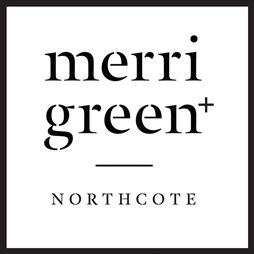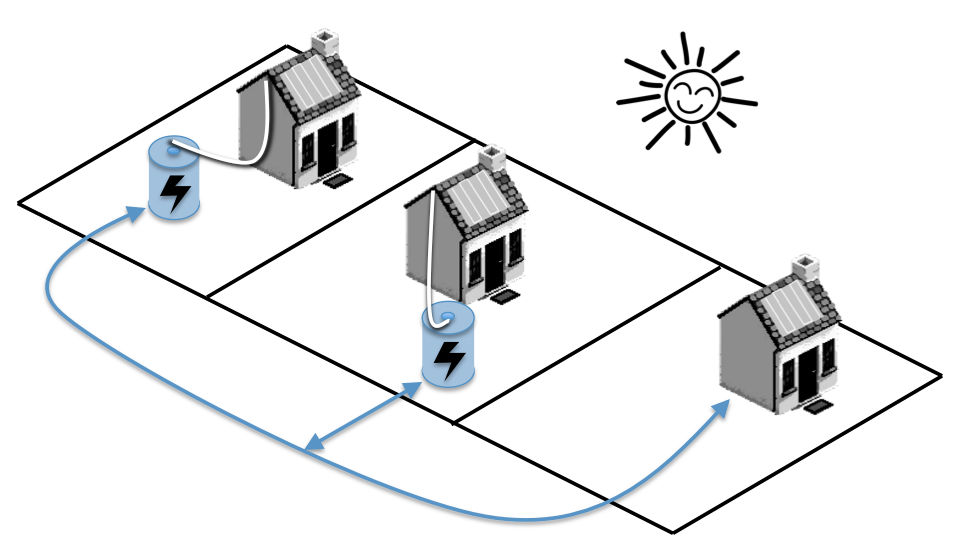Who are we
- Generation Shared – a new company that designs urban shared energy systems
- Merri Green – an inner-Melbourne multi-res development
Observations
- Instead of excess solar being fed in to the grid, it should be used locally to reduce energy consumption (increase “grid independence”). This saves in excess of 20 cents per kilowatt instead of collecting 6 cents on a fed in kilowatt.
- Little or no excess energy should be fed to the grid. This will reduce the imperative to update distributors for “bi-directional flows” anticipated to handle fed-in power. Parts of Queensland do not allow fed in power at all because of distribution problems.
- Due to the averaging effect, a common economic principle, combining scarce resources provides more utility. In this case, combining batteries means they can be more effectively used, or alternatively, less battery capacity is needed for the same utility. As above, combining small energy consumers to “one large consumer” makes the use of batteries economic where they would not be separately.
- No regulations or technologies bar the installation of private (“behind meter”) networks across titles or within strata for sharing electricity as a “supplementary supply” (under the Victorian PPA rules).
Clients
 Merri green+
Merri green+
Merri green+represents the future of sustainable energy generation and consumption. It will be the first example in Australia of an inner city residential development micro-grid that generates, distributes and manages its own solar generated electricity.
What makes merri green+ unique in Australia is that the 49 dwellings will be the first to share an innovative new Tesla battery energy system thanks to a partnership with Tesla, CSR Bradford and Generation Shared. This bold new vision for energy management and storage has been featured widely in the media as a benchmark for future projects.


